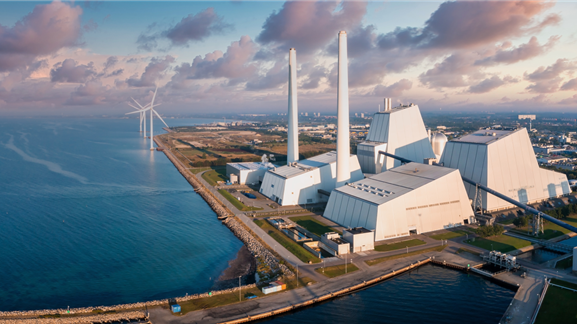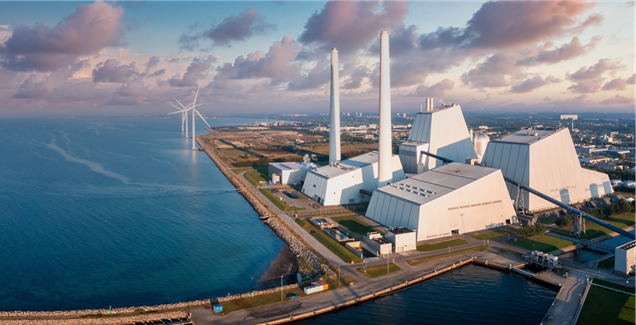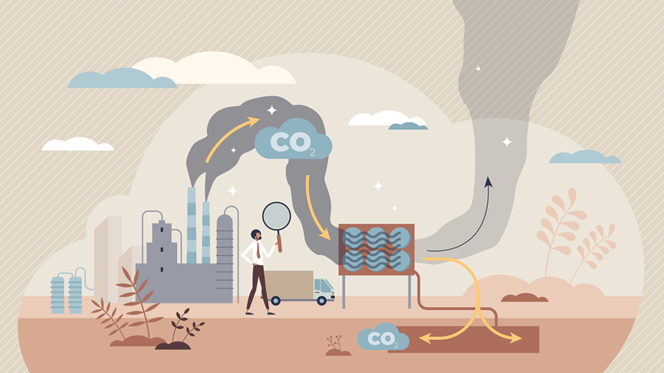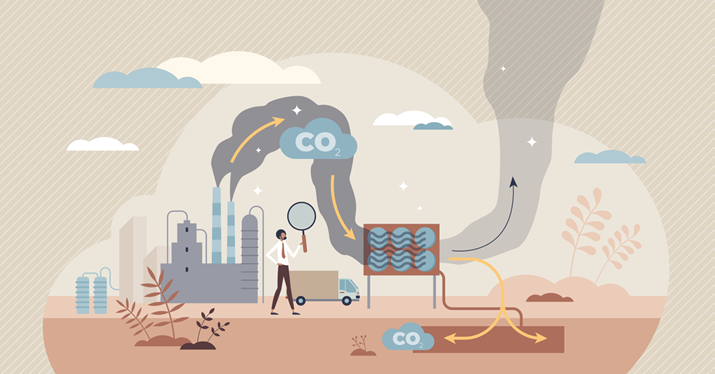The Korea New Green Deal highlights that a total of $15.3 billion is invested, in Zero Energy Public Buildings by 2025. The focus on Zero Energy Buildings has a specific target on schools including remodeling old school buildings. The aim is to make them energy-efficient and run on solar power.
In this study, the Energy Modeling Lab analyses the impacts of changing the energy supply in South Korea’s school buildings. The three focus areas are greenhouse gasses, air pollution, and health, and economic consequences.

Implementation date: March 2021 – May 2021
Contact person: Till ben Brahim








